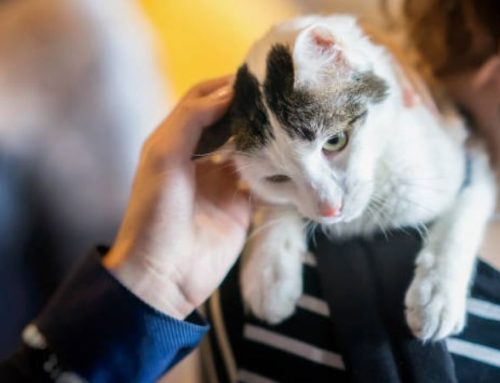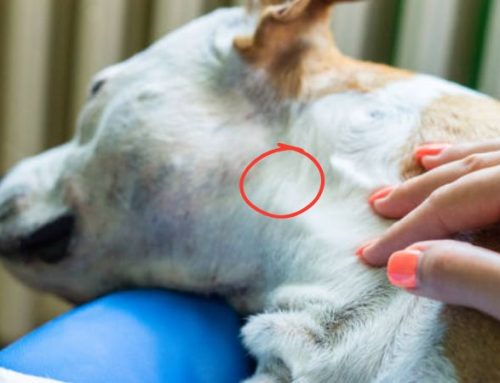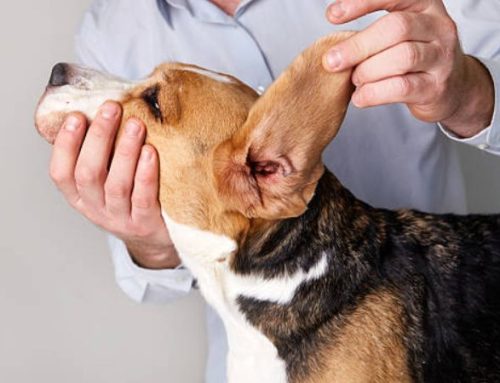Cats and mice rely on scent long before they ever meet face-to-face. But in this silent game of survival, which species detects the other first? Research shows that mice are exceptionally good at sensing predators. Their vomeronasal organ allows them to pick up specific proteins in cat saliva, urine, and skin secretions signals that trigger an automatic fear response even in mice that have never seen a cat.
Cats, meanwhile, have a powerful sense of smell of their own and can track the scent of prey through walls, under furniture, and across open spaces. Both animals are highly tuned to each other, but the timing and accuracy of those scent signals might surprise you.
This guide breaks down the science behind how cats and mice detect one another and what that means for real-life rodent control.
The Science of Animal Smell Detection
Scent detection in mammals is a highly sophisticated sensory process, crucial for survival, communication, and navigation. At its core, smell works through specialized olfactory receptors located in the nasal cavity. When odor molecules enter the nose, they bind to these receptors, triggering signals that are sent to the brain. The brain then processes these signals, allowing the animal to identify the type, source, and even the intensity of the scent. Some mammals also possess a secondary olfactory system, known as the vomeronasal organ (VNO), which is especially sensitive to pheromones and chemical signals produced by other animals. This organ enhances their ability to detect subtle environmental cues, from the presence of predators to potential mates.

The sensitivity of the olfactory system varies dramatically between species. Humans have around five million scent receptors, which allows us to detect basic odors, but our sense of smell is relatively weak compared to many other mammals. Cats, for example, have about 200 million olfactory receptors—roughly 40 times more than humans making their sense of smell extraordinarily acute. This superior olfactory ability enables cats to detect faint traces of prey, such as mice, from considerable distances. Mice, on the other hand, rely not only on their nose but also on their vomeronasal organ to detect predators. They can sense chemical cues in the environment that signal danger, allowing them to respond instinctively to threats like cats, snakes, and other predators, even without prior experience.
Pheromones and scent signals play a central role in animal communication. These chemical messages can convey a wide range of information, from marking territory and signaling reproductive status to warning of predators. Cats, for instance, secrete major urinary proteins (Mups) in their urine, which mice can detect, triggering fear responses even in animals that have never encountered a cat before. Similarly, many animals use pheromones for intraspecies communication, such as mating cues or establishing social hierarchies. This sophisticated chemical language demonstrates that smell is far more than a passive sense—it is an active and vital tool for interaction, survival, and adaptation in the animal kingdom.
How Far Away Can a Cat Smell a Mouse?
Cats are renowned for their sharp senses, and their sense of smell is no exception. For domestic cats, detecting prey isn’t just a matter of instinct it’s a sophisticated sensory process that allows them to locate mice even before the tiny rodents realize danger is near.
How Strong Is a Cat’s Sense of Smell?
Cats have an extraordinary olfactory system, with roughly 50–80 million scent receptors far more than humans’ mere 5 million. This allows them to detect odors at very low concentrations, including the subtle pheromones and scent trails left by mice.
Studies and expert observations indicate that a male cat, for instance, can detect a female cat in heat from about 100 yards away. Similarly, cats can smell food sources over comparable distances. While exact measurements vary depending on circumstances, a cat’s sense of smell is precise enough to track a small mouse across tens of yards under the right conditions.
Environmental Factors That Boost or Block Scent Detection
The distance a cat can detect a mouse isn’t fixed—it depends heavily on external conditions:
- Wind Direction: A favorable breeze can carry the scent of a mouse directly to a cat, extending its detection range. Conversely, wind blowing away from the cat can obscure the odor.
- Humidity: Moist air can enhance scent molecules, helping them travel farther, whereas extremely dry conditions may weaken olfactory signals.
- Terrain and Obstacles: Open fields make it easier for scents to travel, while dense vegetation, walls, or cluttered urban spaces can block or dilute odor trails.
Even with an excellent sense of smell, cats rely on a combination of scent, sight, and sound to locate mice. Their hunting efficiency is highest in conditions where environmental factors favor odor transmission.
Typical Scent Range for Hunting Mice
While exact numbers vary, most domestic cats can detect a mouse from several dozen yards away. This allows them to begin stalking even before the mouse is aware of the threat. In ideal conditions open terrain with favorable wind some cats may pick up a mouse’s scent from as far as 100 yards.
It’s important to note, however, that detection alone doesn’t guarantee a successful hunt. Factors such as a cat’s hunting motivation, agility, and prior experience with prey all influence whether the cat will act on the scent.
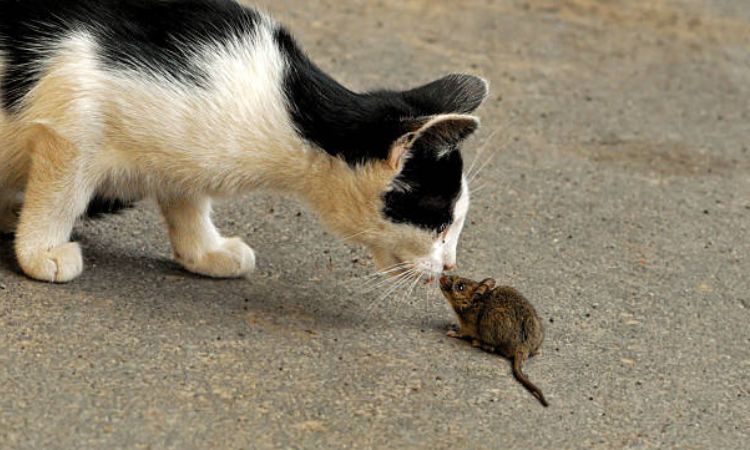
Can Mice Smell Cats? The Survival Instinct
Mice rely heavily on their senses to survive in the wild, and their sense of smell is one of their most important tools for detecting danger. When it comes to predators like cats, this olfactory ability becomes a key survival mechanism. So, can mice smell cats? The answer is yes, and it plays a critical role in how they navigate their environment.
Scent Detection and Danger Awareness
Mice have an extraordinary sense of smell, which allows them to pick up subtle chemical cues in their surroundings. In addition to their nose, they possess a specialized organ called the vomeronasal organ (VNO), which helps them detect pheromones and other chemical signals from both their own species and potential predators. This dual detection system enables mice to sense danger even when a predator is not visible.
Research on Cat Pheromones
Scientific studies have confirmed that mice respond strongly to the scent of cats. Researchers, including neurobiologist Lisa Stowers at The Scripps Research Institute, discovered that a class of proteins called major urinary proteins (Mups), secreted in cat urine and other predator secretions, can trigger a fear response in mice. Normal mice exposed to these scents immediately displayed defensive behaviors, such as freezing in place or retreating to the corners of their cages. Mutant mice with inactive VNOs, however, showed no fear, confirming that this organ is crucial for detecting predator scents.
Behavioral Adaptations
When mice detect the presence of a cat, their behavior changes dramatically to maximize survival. Common responses include:
- Freezing: Remaining perfectly still to avoid detection.
- Fleeing: Quickly retreating to a safe hiding spot or burrow.
- Avoiding marked territory: Steering clear of areas where cat scent marks are present, recognizing these as high-risk zones.
Even in environments where mice have never encountered a predator before, these responses are instinctual, highlighting that the ability to smell and react to cats is hardwired into their biology.
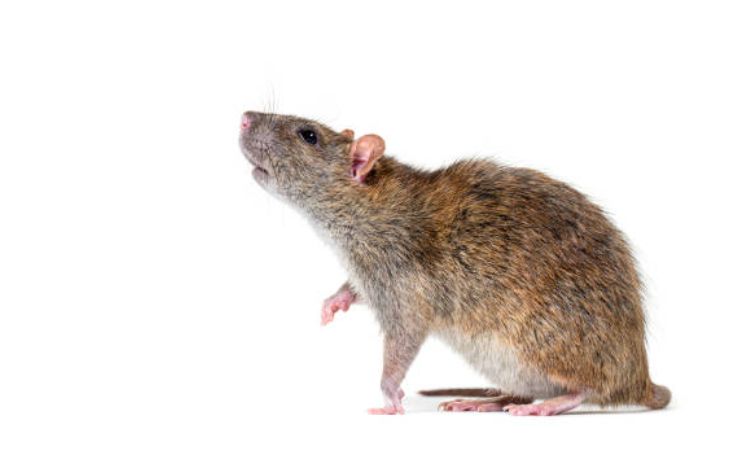
Understanding that mice can smell cats and react instinctively helps explain why cats may act as a partial deterrent in homes or barns. However, while the scent of a cat can make mice more cautious or temporarily avoid certain areas, it rarely eliminates them entirely, especially if there are food sources or nests nearby.
Who Smells Whom First? The Real Answer
In the age-old game of cat and mouse, one question often comes up: who detects the other first? Understanding this requires a close look at the sensory strengths of both species and how these senses influence survival.
Mice: Early Detectors of Danger
Mice have an incredibly acute sense of smell and a specialized organ called the vomeronasal organ (VNO), which allows them to detect predator pheromones. Research shows that even mice raised in laboratory environments without prior exposure to predators instinctively react to cat scents. When a mouse picks up the scent of a nearby cat—often from urine or other secretions it triggers immediate defensive behavior: freezing, fleeing, or avoiding the marked territory.
This sensory advantage gives mice a critical early-warning system. Their ability to detect predators from a distance, even before being seen or heard, significantly increases their chance of survival. Additionally, mice can detect ultrasonic vocalizations produced by cats, which humans cannot hear, further enhancing their ability to sense danger.
Cats: Acute Hunters, But With Limits
Cats, on the other hand, also have an excellent sense of smell around 14 times stronger than humans and are highly attuned hunters. They can detect mice by scent, sound, and movement, but their ability to pick up faint mouse odors is generally less immediate than the mouse’s detection of cat pheromones. Cats often rely on visual and auditory cues for stalking and hunting, which can delay their awareness of a mouse hiding nearby.

Sensory Speed and Environmental Factors
Several factors influence which animal “smells first”:
- Direction of the wind: Predator scents travel downwind, giving mice a significant advantage if the wind carries the cat’s scent toward them.
- Scent concentration: Strong concentrations of cat pheromones, such as urine marks, make detection easier for mice at greater distances.
- Distance and terrain: Enclosed spaces, cluttered environments, or nesting areas can reduce a cat’s ability to detect a mouse immediately.
Who Has the Upper Hand?
While cats are stronger, faster, and skilled hunters, mice often have the upper hand in the initial scent race. Their early detection of predator cues allows them to respond before a cat even knows they’re present. This built-in early-warning system is why mice survive in areas with cats for extended periods, and why simply having a cat in the home does not guarantee a mouse-free environment.



